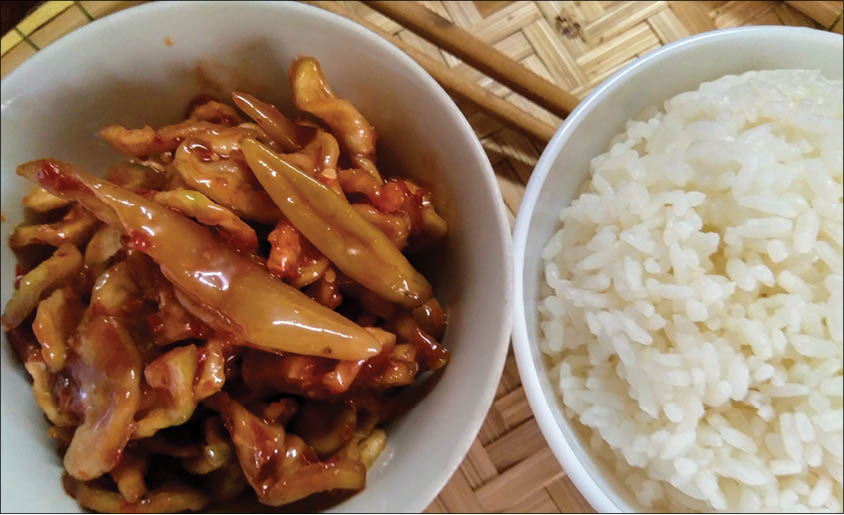
The spiciness of chilies, the richness of fish, and the crunchiness of papaya make this an irresistible dish
In the cool weather of the changing seasons, I suddenly craved for a bowl of hot rice with some fermented largehead hairtail fish in An Bang village (a village located in Vinh An commune, Phu Vang district, Thua Thien Hue province). In the old days, when my father was still alive, he really liked this kind of fermented fish. Every time he had an opportunity to go to An Bang, he would always bring back a few jars of fermented fish.
When my father was seriously ill in the hospital, he always wished to eat a bowl of hot rice with the crunchy papaya and fermented largehead hairtail fish, ignoring the doctor’s order of staying away from salty foods. But he passed away before the largehead hairtail fish season...
For a few years, I greatly missed my father and craved to eat fermented largehead hairtail fish in An Bang village. But, An Bang is quite far away from Hue. In addition, I had never gone there with my father. So, I had no idea of where to buy it.
As a stroke of serendipity, my new neighbor happened to be a person from this coastal area. And my craving for this fermented fish was satisfied with a trip to my neighbor's hometown.
The fermented largehead hairtail fish and papaya dish is very strange. I have never seen it before in the city. No one knows how to make it for sale, even though Hue is the capital of the fermented fish. My friend said that there are many kinds of fermented fish and papaya. But the best fermented largehead hairtail fish and papaya can only be found in An Bang, with the real taste of the sea.
It is not easy to make this type of fermented fish. When the largehead hairtail fish is in season, it is also the season for fermented fish making. Largehead hairtail fish is bought, washed, drained and cut into 1cm pieces.
After cutting, the fish is mixed well with chopped galangal, salt, dried chili flakes, monosodium glutamate and some fried rice powder, and put in a jar. The jar is sealed carefully and covered with a lid. Next is the waiting stage for the fermentation to happen. At the same time, pickled chilies are made by preparing some "high-yield" chilies and putting in a jar of cool, boiled salt water.
The papaya preparation process is also very elaborate. The green papayas grown in the coastal sand seems to be crunchier. The green papaya is peeled, sliced thinly, then put on a basket and hung on the roof to sun-dry, until the papaya pieces wither and curl up.
The key stage in making good fermented fish is the papaya drying process. The papaya must be completely dried. If the papaya still has moisture, it will be over-soft and soggy during the fish fermenting process and will not be delicious.
After twenty days to a month, when the fish pieces have been well fermented, a reddish-tinged sauce will leak out. If the sauce is not sour and only has a salty, spicy and sweet taste of the fish, then the fermented fish is ready.
After that, wash the dried papaya and drain. Mix the papaya with the fermented fish and finally put the chilies in. Mix well, season to taste, and the dish is completed. Put the mixture into jars and bring to market for sale.
The fermented largehead hairtail fish and papaya dish has a beautiful color. The dried papaya pieces soak up the rich fish sauce. The flesh of largehead hairtail fish after fermentation has broken down, creating a rich and sweet taste. So, it is rare to find an intact piece of fish as the rest has melted into sauce.
Story and photo: NAM GIAO